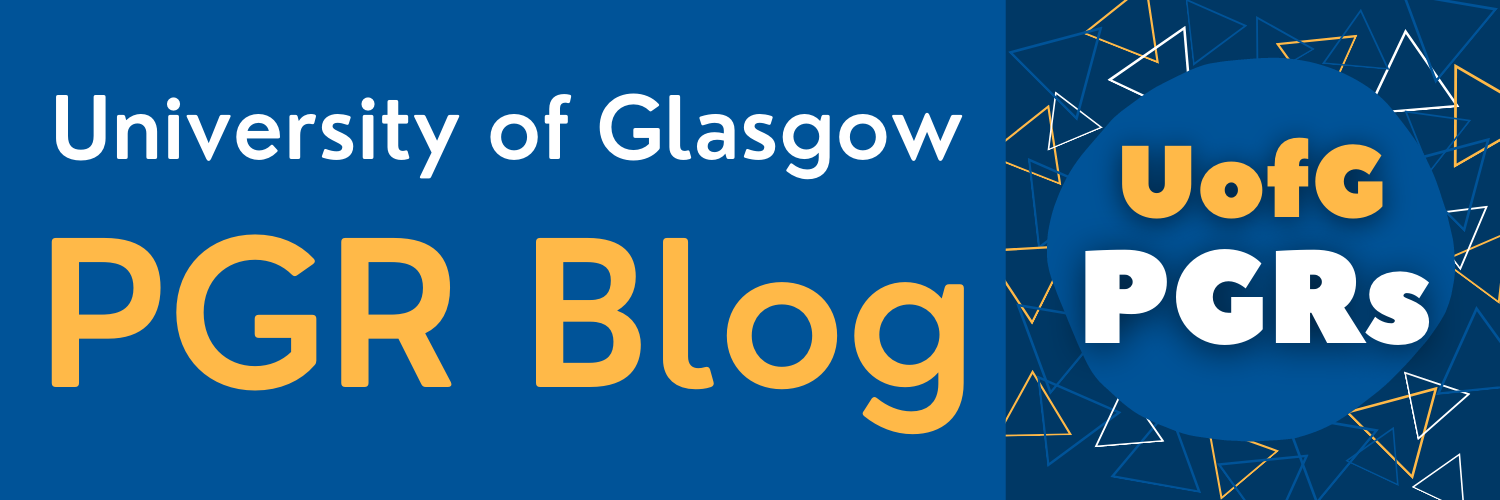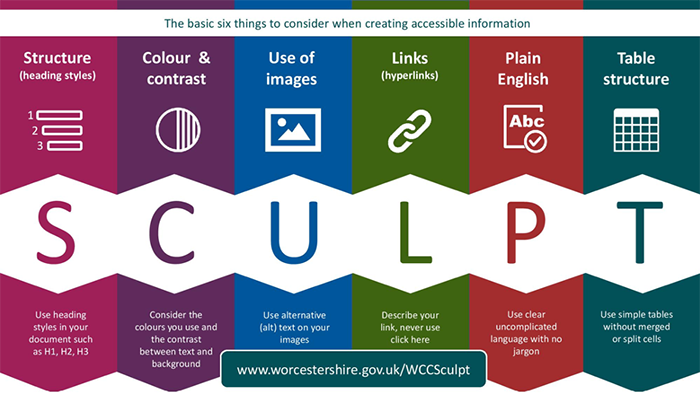Neurodiversity & Neurodivergent: What do they mean and how do they impact me as a PGR?
In light of the recent, and highly successful, Neurodiversity Celebration Week events, Leigh Abbott (Research Assistant at the Research Institute of Cancer Sciences) discusses the terminology surrounding Neurodiversity and what this means for PGRs…
What is Neurodiversity?
The neurodiversity movement advocates the idea that our brains are different and that everyone (whether neurotypical or neurodivergent) should be treated equally by individuals, the workplace and external environments. The self-identifying label of “neurodivergent” originally focused on those who are autistic. However, in more recent years it has been used to describe those who think, behave, and learn differently to what is typical in society. Being neurodivergent should not be considered an inherent deficit but simply a difference in processing the world around us.
Types of Neurodivergence
Examples of conditions/labels that come under Neurodivergent are
Autism, Asperger’s, Autism Spectrum Disorder, Pathological Demand Avoidance or Sensory Processing Disorder
Attention Deficit Hyperactivity Disorder (ADHD) or Attention Deficit Disorder (ADD)
Tourette’s Syndrome
Dyslexia
Dyspraxia
Dyscalculia
Dysgraphia
Meares-Irlen Syndrome
Hyperlexia
Synaesthesia
Some other conditions such as schizophrenia, OCD, anti-social personality disorder, borderline personality disorder, dissociative disorder, and bipolar disorder can be classed as a form of neurodivergence too.
Individuals can have two or more neurodivergent categories/labels (e.g., autism and ADHD, dyslexia and dyspraxia etc.). Such individuals are called multiply neurodivergent and this is common amongst neurodivergent people.
In addition, people who suspect that they might have one of the labels/categories listed above may identify as being neurodivergent, but do not have a formal diagnosis.
Food for Thought
Neurodivergent people exhibit their conditions in different ways based upon their gender, race, and culture, and some neurodivergent people (e.g., autistic people or those with ADHD/ADD) may mask their neurodivergent characteristics in order to fit into society’s standards of neurotypical behaviour; this is called neuronormative. Therefore, intersectionality always has a hand to play, so it is good to keep an open mind for both awareness and inclusion purposes.
So, what does this have to do with PGRs?
Regardless of whether you identify as neurodivergent or not, it is important for PGRs to be aware that neurodivergent individuals may have different preferences, particularly when it comes to communication. It is important to actively listen to anyone who needs reasonable adjustments. Make sure to respect others’ wishes when, for example, they request something to be communicated in writing. Equally, if you are a person who has specific needs or preferences, transparency is key; specify what it is you would like from the people around you, including your supervisors.
Raising awareness and supporting those around you are also key steps in breaking down the stigma surrounding neurodiversity. For example, you can raise awareness of neurodiversity within your research group/school by doing the following…
Openly discuss differences in processing and thinking and consider how your work can be accessible to all group members.
Be aware of preferences when allocating roles for tasks to be sure that everyone is comfortable with the work they are assigned to.
If you conduct any teaching work, or are giving a presentation at a conference, make sure that you handouts/presentation are as accessible as possible. You can follow the SCULPT guidelines (below) and use Blackboard Ally on Moodle to help you. These guidelines are also useful when writing emails.
And always remember the following: listen, empathise, accept, and apply.
SCULPT Guidelines- visit the Digital Accessibility Website for more information
Support for Neurodivergent PGRs
If you self-identify as neurodivergent or fall into one of the categories that comes under neurodivergence and would like support or further information, please contact the Disability Services. They will offer a person-centred approach to help you as a PGR.
You can also join the Neurodiversity Network on Teams or follow them on Twitter (@UofGNeurodiv) to find out more- they welcome all staff and students at UofG.





